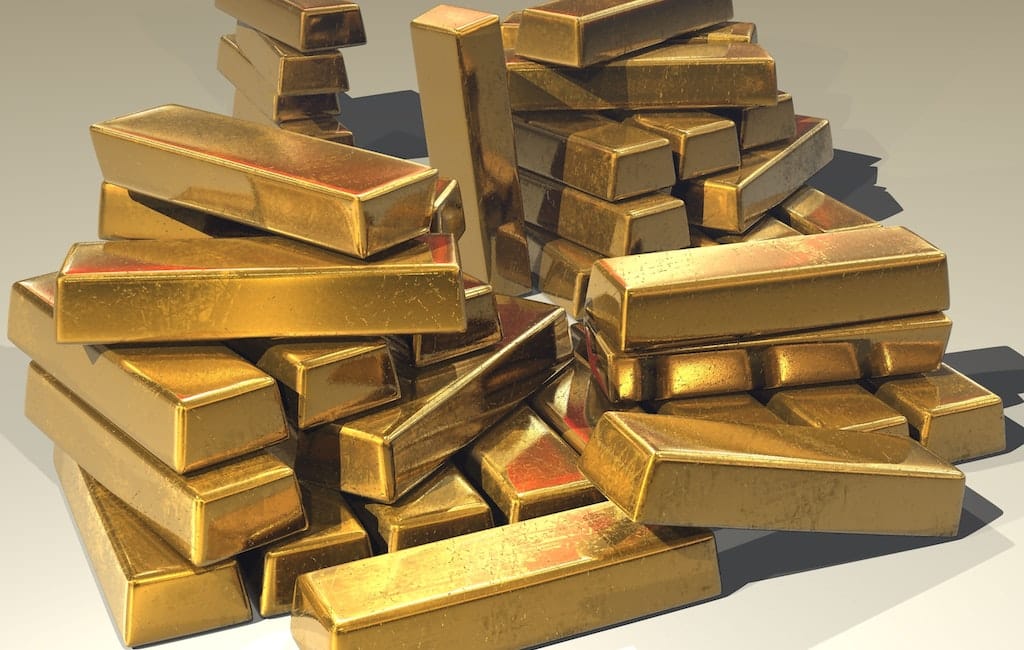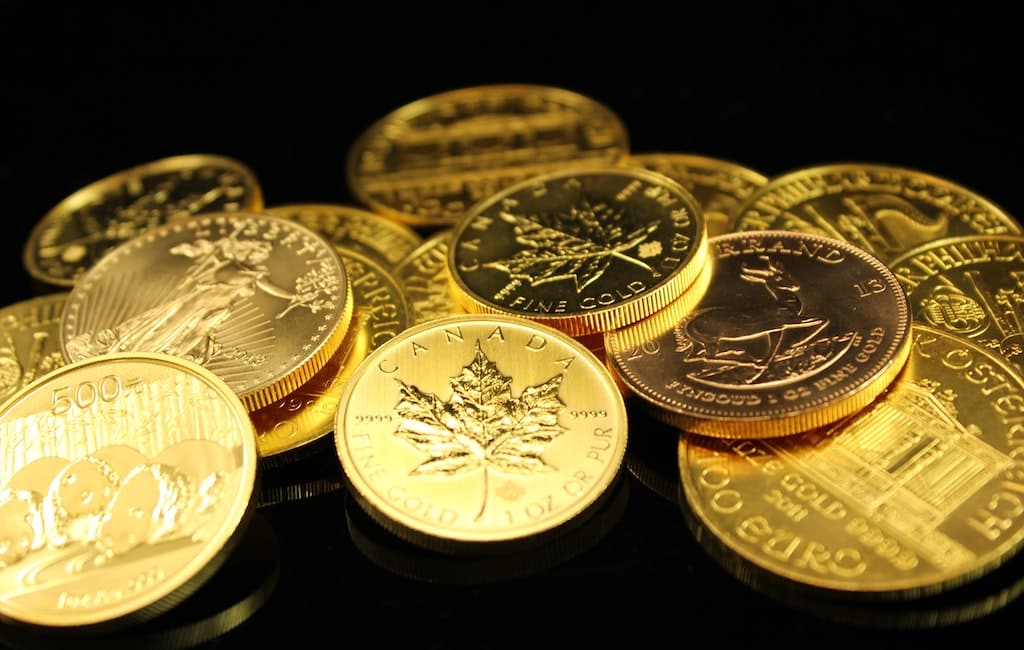There are many objects in the world that have innate beauty, as well as elegance. A lot of these objects also have uses that cut across various industries and fields; some of these objects are precious metals. Precious metals have been around – both in existence, and in use – for thousands of years. They include materials like gold, silver, platinum and so on, which are not susceptible to the types of corrosion or degradation which other metals often face. For this reason, such metals (i.e. precious metals) are usually regarded as more valuable (and expensive) than other types of metals.
WHAT ARE METALS?
Metals are materials that have been in existence for many years. They are usually formed from ores or seams or deposits, which are found buried within the earth’s crust, in certain parts of the world; much like gemstones. However, with metals, there are processes which must take place upon their raw forms before they are ready for use; processes such as melting or – more aptly put – smelting.
Metals have many applications in the world, because of their unique properties, such as; the ability to conduct heat and electricity (unlike other materials such as non-conductors or semi-conductors), the ability to be ductile or be drawn into wires, malleability and the distinct luster or sound that sets them apart from other items (e.g. non-metals). Asides this, there are also chemical reactions which only metals can have, as well as the ability to react with materials such as magnets (i.e. metals are usually able to be magnetized or get picked up by magnets).
There are many different types of metals, such as copper, bronze, gold, iron, magnesium, aluminum, silver, brass etc. However, all these metals can be easily grouped into two main categories, which are; precious metals and non-precious metals.

WHAT ARE PRECIOUS AND NON-PRECIOUS METALS?
Precious metals are metals that are regarded as highly valuable (and typically more expensive) because of factors such as their rarity – i.e. they are usually very rare, or at least, much rarer compared to other types of metals – and their ability to resist corrosion and other forms of decomposition that usually affect the quality of other types of metals such as iron, copper, brass and so on. Examples of this kind of metals (i.e. precious metals) include; gold, silver, platinum and others.
As a result of their remarkable ability to resist corrosion, and not react with other materials which may cause their degradation, precious metals are usually used a lot in the fashion industry; to make pieces of jewelry and materials which can be worn by people for a very long time. Materials and pieces made from pure, unadulterated samples of precious metals are usually articles of genuine quality, which are usually worth a lot of money; they also have the ability to last for years – and even centuries and millennia – without rusting, decomposing or losing their distinct luster and general worth (if anything, their age may add to their commercial worth upon resale).
On the other hand, non-precious metals are a category of metals that are not as expensive as precious metals, because they are generally not as rare; and they also are susceptible to decomposition and rusting. Examples of non-precious metals include bronze, copper, magnesium, brass, tin, zinc, aluminum and so many others.

PRECIOUS METALS HOME DECORATION
When it comes to the fashion industry, precious metals are the obvious favorites for use in the making of jewelry and other similar materials used for decorating and adorning people. This is generally because precious metals are more valuable, usually more pleasing on the eyes, and a lot more durable; where metals are involved, precious metals are simply seen as materials of the highest quality, which are the most suitable substances for the most elite in the society.
Adjacent to the world of fashion – and perhaps, within it, as some would like to argue – is the field of interior design. Precious metals are also used largely in this area for the purpose of decorating and beautifying people’s homes and surroundings with fixtures, materials and ornaments. This is because they are not usually susceptible to degradation, corrosion or rusting, and can usually last for a lot longer period of time, compared to other types of metals. Also, having ornaments made of valuable materials, such as precious metals, in one’s homes is a sure way to display elegance and high class (because these materials do not come cheap). Therefore, a lot of wealthy people of means tend to use more materials made of precious metals to decorate their homes. Examples of such materials or ornaments include the following:
- Candlesticks
While some people may see candlesticks as relics of an ancient era, and vestiges of a time before the discovery of electricity, and the subsequent invention of the electric light bulb, candlesticks are still very relevant in the world of interior décor. Depending on the style and taste of a homeowner, it may be fashionable and even advantageous to have candlesticks around the house; especially for people who like to set up romantic candlelight dinners, or those who like to burn scented candles for the purpose of relaxation and stress relief. While common choices of materials used in making candlesticks include brass and other non-precious metals, those made of precious metals such as gold are remarkably more durable and valuable. In many cases, such candlesticks may even become part of a household’s family heirlooms; to be passed down from one generation to the next, as they hold their value, quality and commercial worth for long periods of time.
- Vases
Precious metals, such as gold, are usually used in making a wide array of ornaments including pots and vases, which are used in decorating living spaces and other areas of a person’s home. Pots and vases made from such materials are usually a lot more expensive than those made from other materials; they also usually send a louder signal of wealth, class and elegance compared to those made from other materials.

